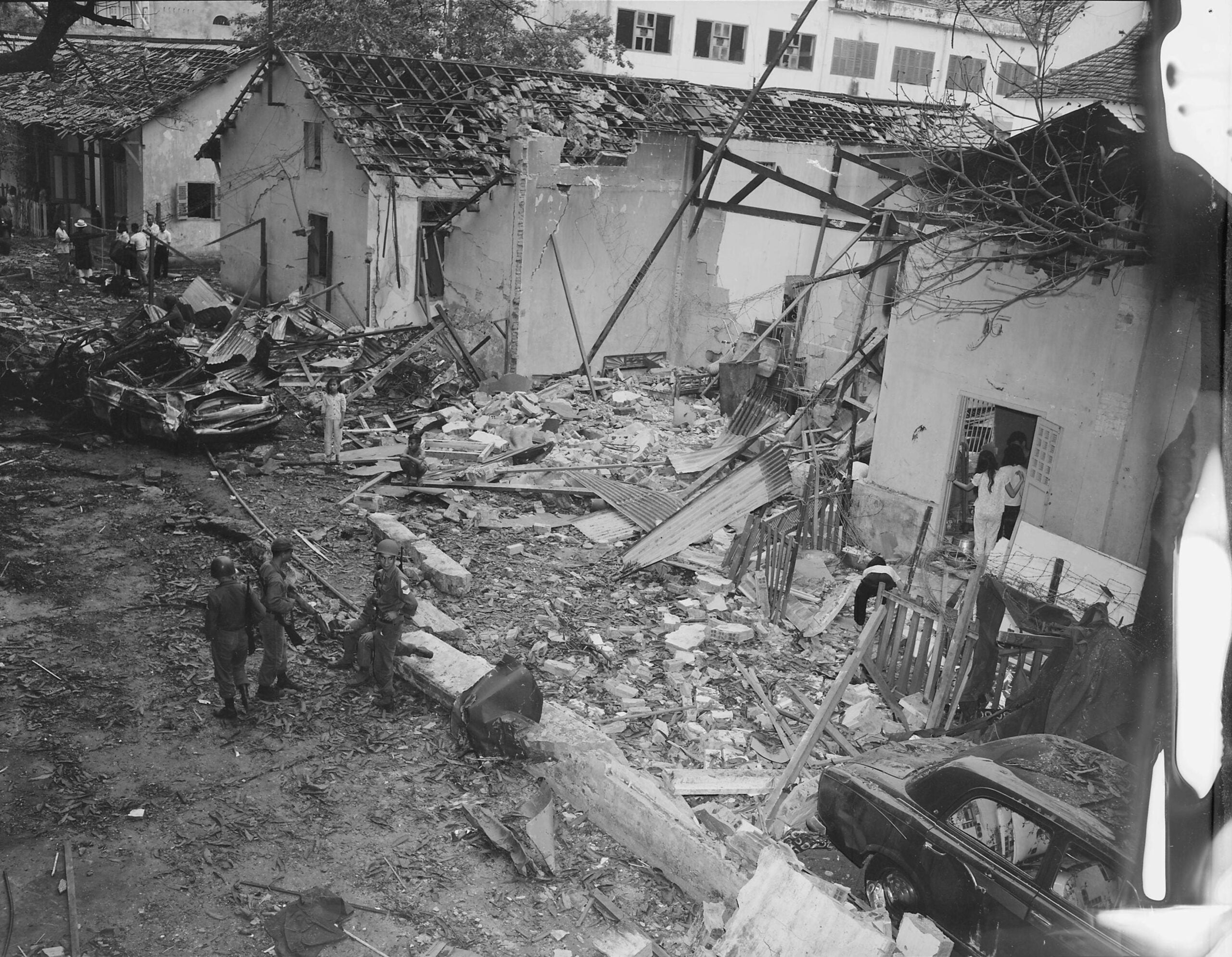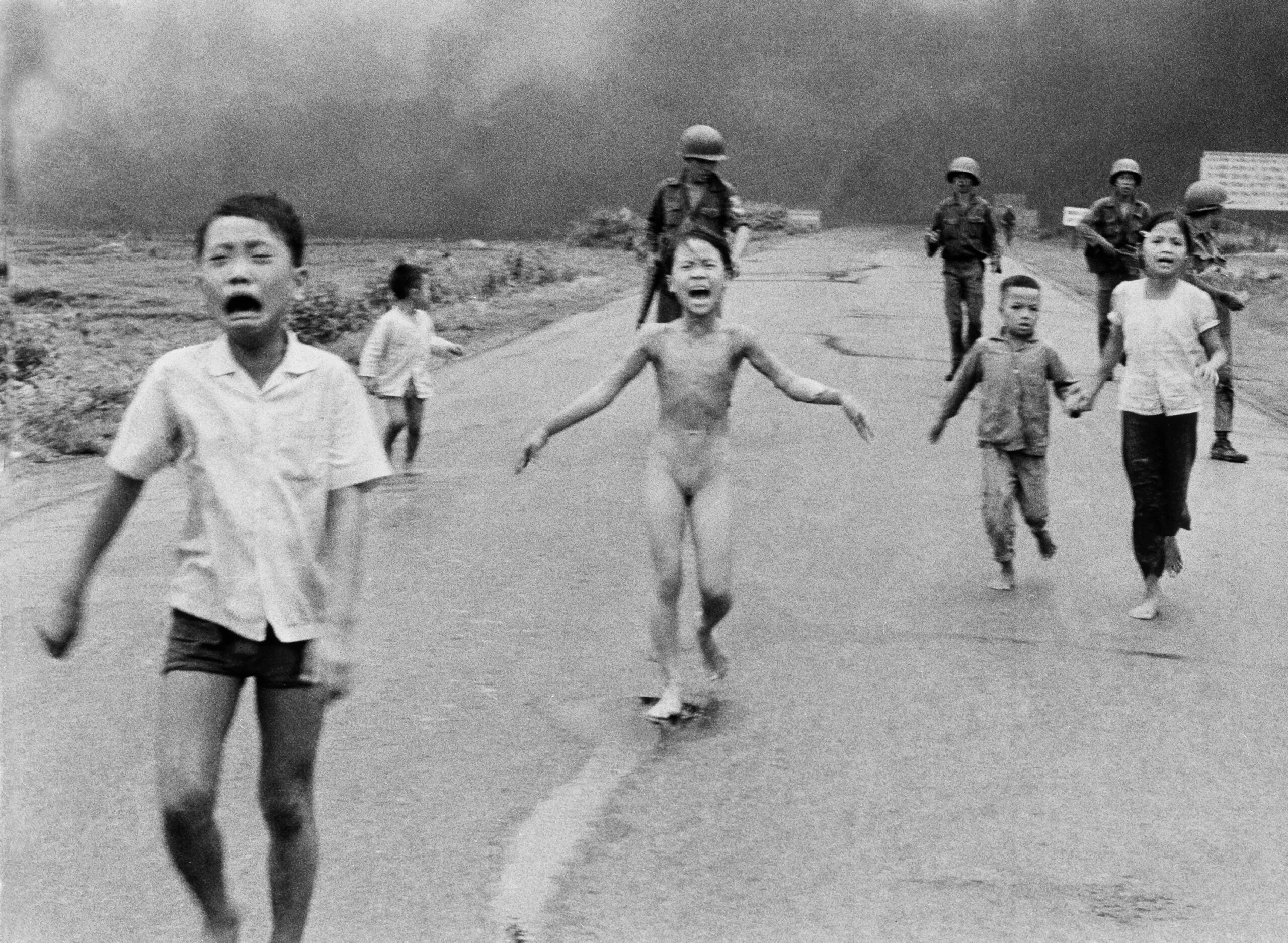Fifty years ago, on Christmas Eve in 1964, a car bomb exploded outside the Brinks Hotel in Saigon, Vietnam. Among those killed in the blast was 43-year-old Lieutenant Colonel James Robert Hagen — one of the first Wisconsin casualties of the Vietnam War.
There’s a picture of Hagen on the virtual wall of faces that the Vietnam Veterans Memorial Fund features on its website. On the same web page, there’s a comment left by Vietnam Veteran Ed Keith who was just a few blocks away when the bomb that killed Hagen exploded.
The comment reads:
News with a little more humanity
WPR’s “Wisconsin Today” newsletter keeps you connected to the state you love without feeling overwhelmed. No paywall. No agenda. No corporate filter.
Everyone on the wall should be remembered. They were real people, not just an etched name in black. I didn’t know James Hagen, but I heard him die. SP/4 Chuck Davis and I managed to get a soft two-month assignment in Saigon to break up our up-country tour. We worked at MACV, then located near downtown. After work on Christmas eve, we took the bus to the Brinks Hotel a few minutes before 6:00PM. We walked two blocks to a restaurant and Wham, a big explosion. Two dead, including Lt Col Hagen, and 78 injured. A car bomb had destroyed the Brinks Hotel. It was all over in a heart-beat. It just didn’t seem right to lose a life only hours before Christmas.
The war was only just beginning in 1964. James Hagen, a 20-year Army veteran who hailed from the western Wisconsin city of Stanley, was in Saigon as an advisor to the South Vietnamese Army. The Viet Cong took credit for the bombing that took his life.
Just a few months before, Congress had passed the Gulf of Tonkin Resolution that was later used to authorize U.S. bombing raids and the ground war that began in earnest the next year. Doug Bradley, a Vietnam Veteran who was stationed near Saigon in the 1970s, said the holiday bombing deliberately struck a hotel frequented by Americans.
“That gets the attention. This is Christmas Eve. This is Americans and Australians and other westerners getting together. It was a shot across the bow for sure,” said Bradley.
On Christmas Day, General William Westmoreland urged President Lyndon Johnson to launch reprisal bombing raids against North Vietnam. But Johnson decided against it, saying he thought a Christmas bombing would be bad for public morale.
Ironically, eight years later in 1972 President Richard Nixon ordered the Christmas Bombing of Hanoi. Those raids helped force the North Vietnamese to sign the Paris Peace Accords, ending the war the following month.
In that light, Hagen died in what might be considered the first Christmas bombing of the Vietnam War.
His picture and the pictures of more than more than a thousand other Wisconsin casualties of the war will eventually be on display at a museum to be built beside Vietnam War Memorial in Washington, D.C. Doug Bradley hopes the project will lead to healing the wounds of a war that for many in both the U.S. and Vietnam is still an open wound.
“We have never, I think, healed as a nation, both with the people that served, the people that didn’t serve, the people that protested, the victims in-between, the Vietnamese. I think it’s left a hole in the heart of the nation and I would think that projects like this would help but I think it’s going to take maybe forever,” said Bradley.
Wisconsin Public Radio, © Copyright 2026, Board of Regents of the University of Wisconsin System and Wisconsin Educational Communications Board.


